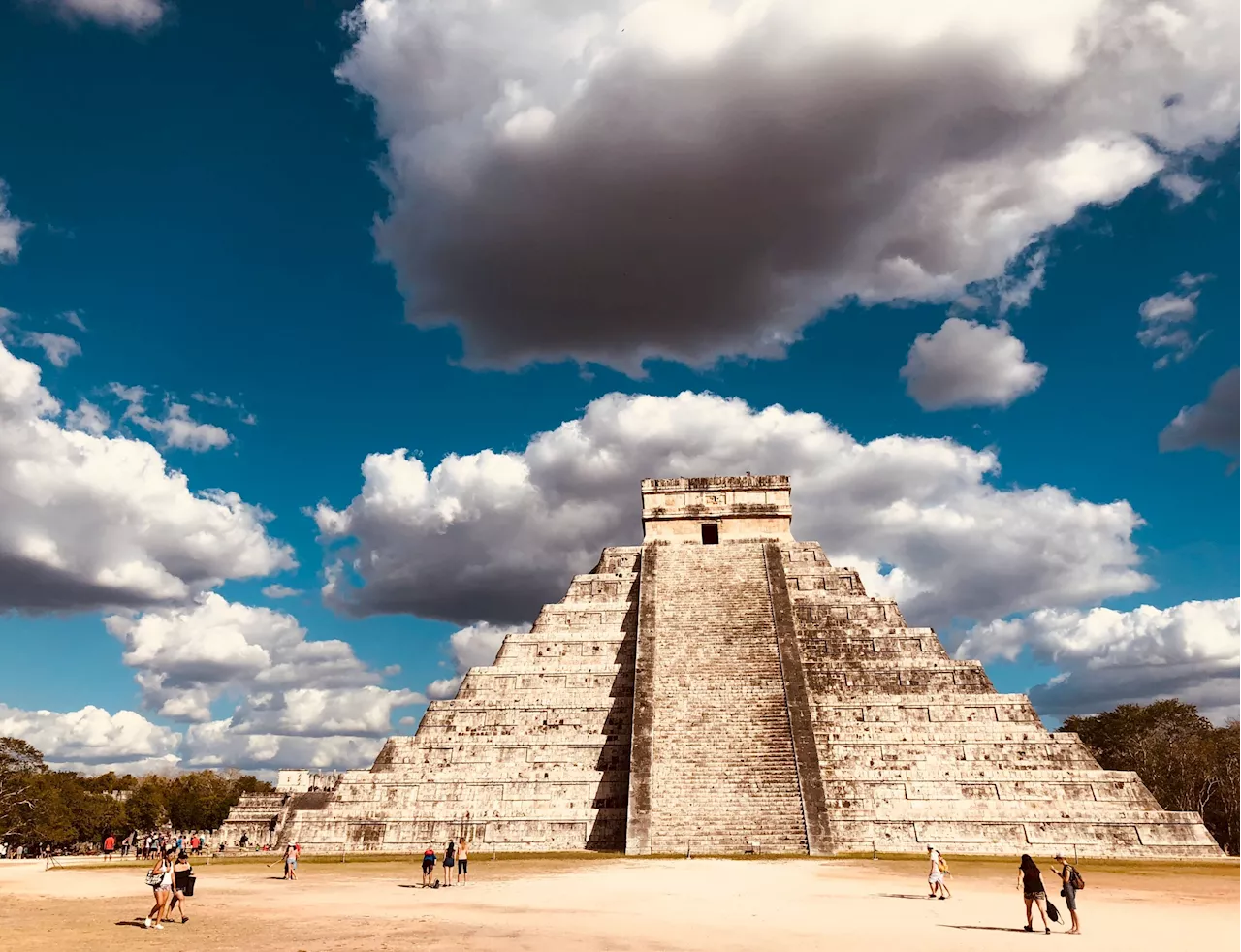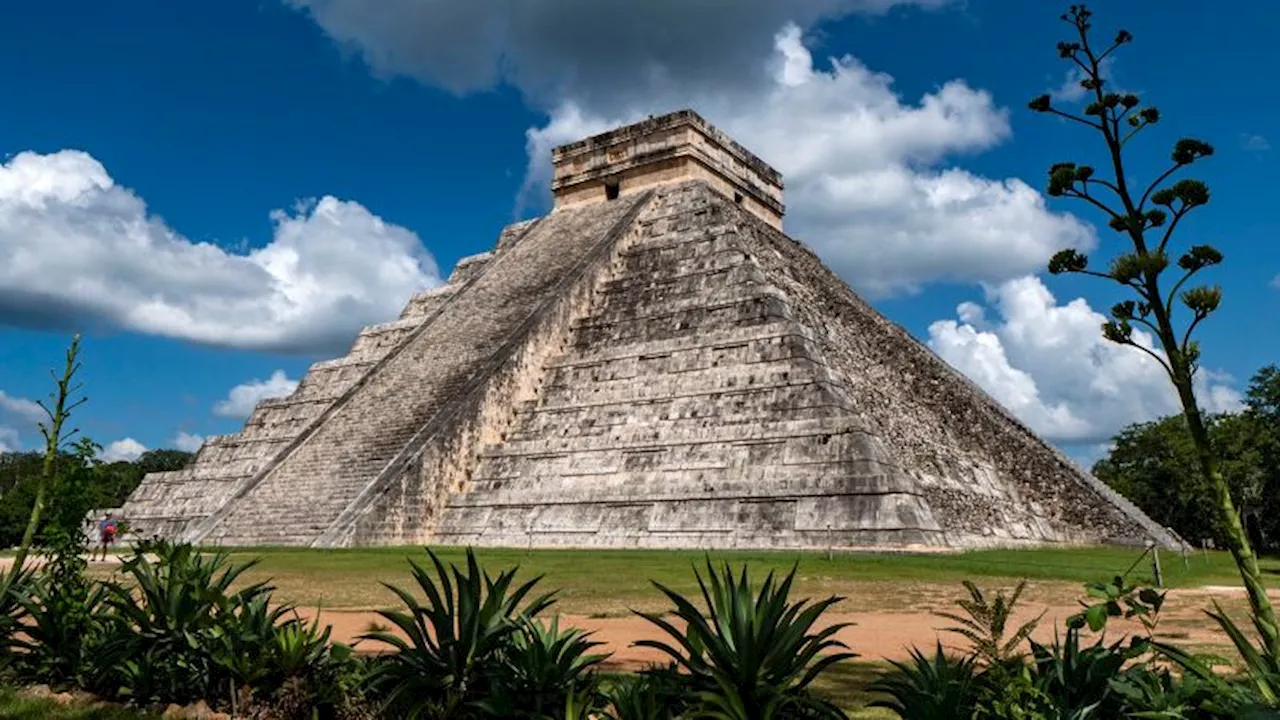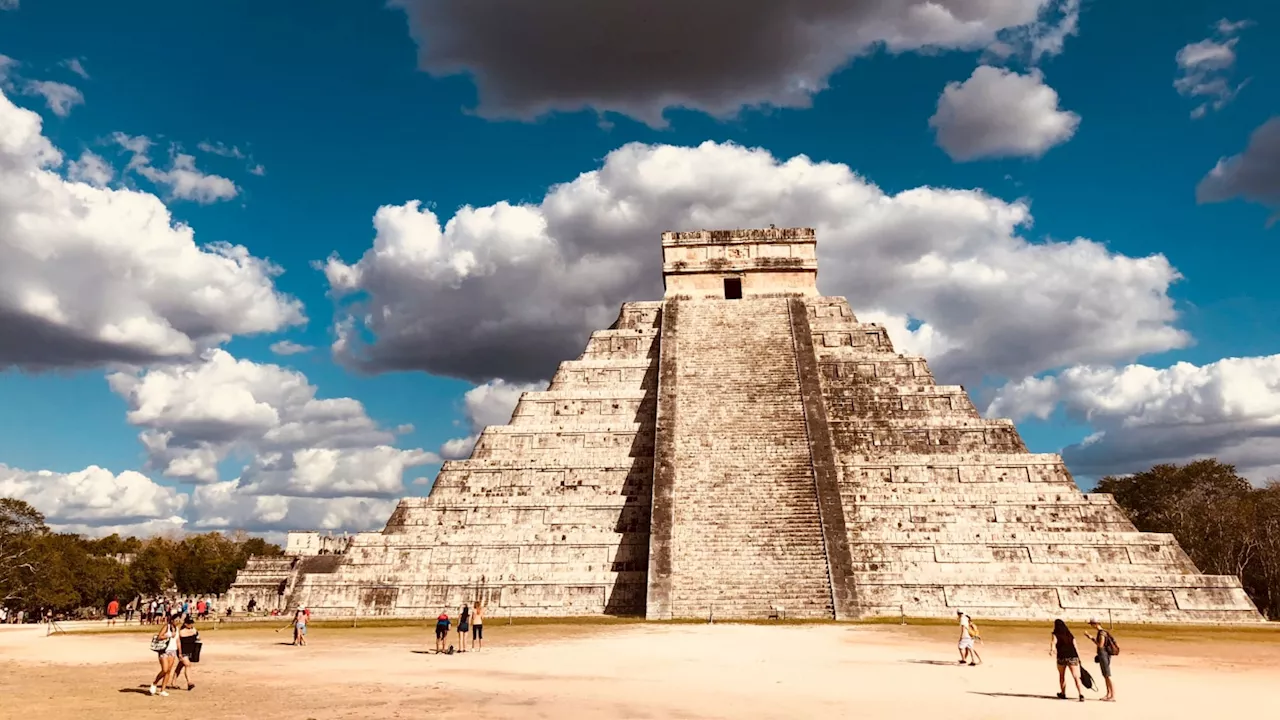In-depth genetic testing of dozens of human remains found a ritual of sacrificing related male children in the Mayan city of Chichén Itzá.
In-depth research focusing on genetic material found at an ancient Mayan temple points to a pattern of sacrificing twin boys and other close relatives, according to a new study conducted by an international team of experts.
These factors indicate that related male children were likely 'being selected in pairs for ritual activities,' the news release said. The remains found were dated between the 7th and 12th century, showing that the ritual sacrifices took place over 500 years, the news release said, though most of the children were buried there during a 200-year period.
United States Latest News, United States Headlines
Similar News:You can also read news stories similar to this one that we have collected from other news sources.
 Ancient Maya genomes reveal the practice of male twin ritual sacrifice at Chichén ItzáRising to power in the wake of the Classic Maya collapse, Chichén Itzá was among the largest and most influential cities of the ancient Maya, but much about its political connections and ritual life remain poorly understood.
Ancient Maya genomes reveal the practice of male twin ritual sacrifice at Chichén ItzáRising to power in the wake of the Classic Maya collapse, Chichén Itzá was among the largest and most influential cities of the ancient Maya, but much about its political connections and ritual life remain poorly understood.
Read more »
 Ritual sacrifice at Chichén Itzá | ScienceDailyRising to power in the wake of the Classic Maya collapse, Chich n Itz was among the largest and most influential cities of the ancient Maya, but much about its political connections and ritual life remain poorly understood.
Ritual sacrifice at Chichén Itzá | ScienceDailyRising to power in the wake of the Classic Maya collapse, Chich n Itz was among the largest and most influential cities of the ancient Maya, but much about its political connections and ritual life remain poorly understood.
Read more »
 Ancient DNA dispels outdated assumption about Maya human sacrificesA new analysis of ancient DNA from the ancient Maya city of Chichén Itzá in Mexico challenges long-held misconceptions about the victims of ritual sacrifice.
Ancient DNA dispels outdated assumption about Maya human sacrificesA new analysis of ancient DNA from the ancient Maya city of Chichén Itzá in Mexico challenges long-held misconceptions about the victims of ritual sacrifice.
Read more »
 Child sacrifices at famed Maya site were all boys, many closely relatedDNA analysis shows victims in one underground chamber at Chichén Itzá included twins, perhaps representing mythological figures.
Child sacrifices at famed Maya site were all boys, many closely relatedDNA analysis shows victims in one underground chamber at Chichén Itzá included twins, perhaps representing mythological figures.
Read more »
 More than 100 Maya boys — some as young as 3 — were sacrificed and buried in a pit in Chichen Itza, DNA study revealsJennifer Nalewicki is a Salt Lake City-based journalist whose work has been featured in The New York Times, Smithsonian Magazine, Scientific American, Popular Mechanics and more. She covers several science topics from planet Earth to paleontology and archaeology to health and culture. Prior to freelancing, Jennifer held an Editor role at Time Inc.
More than 100 Maya boys — some as young as 3 — were sacrificed and buried in a pit in Chichen Itza, DNA study revealsJennifer Nalewicki is a Salt Lake City-based journalist whose work has been featured in The New York Times, Smithsonian Magazine, Scientific American, Popular Mechanics and more. She covers several science topics from planet Earth to paleontology and archaeology to health and culture. Prior to freelancing, Jennifer held an Editor role at Time Inc.
Read more »
 How did the Maya choose sacrifice victims? DNA yields new clues.A study of human remains deposited over 800 years at the Maya city of Chichen Itza challenges long-held assumptions about the age and gender of sacrifice victims.
How did the Maya choose sacrifice victims? DNA yields new clues.A study of human remains deposited over 800 years at the Maya city of Chichen Itza challenges long-held assumptions about the age and gender of sacrifice victims.
Read more »
